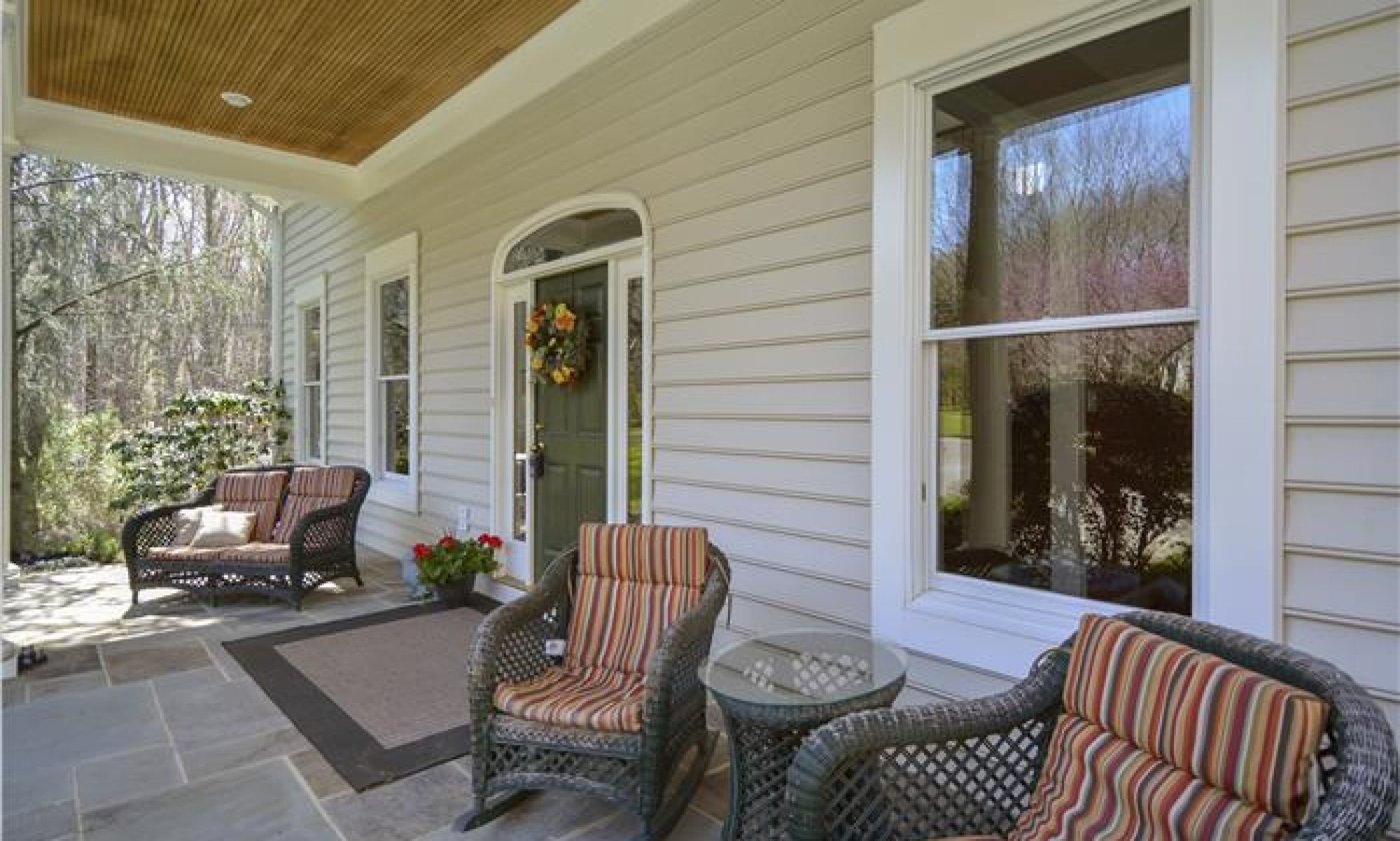The warm weather that occurred early in the season probably gave many of us a false sense of security, such that we may have put off the pre-winter inspection. The good news is that it’s not too late; and you should check out your home’s roof, gutters, and the surrounding grounds after the blizzard – even if you’ve already conducted a pre-winter inspection.
The blizzard of 2016 dumped a lot snow, and I’m sure you’ve heard about the collapsed roofs. Even if your roof survived, the stress of the accumulated snow may have caused damage that you won’t see unless you inspect the roofing system (including joists and beams). If your roof is already compromised, the amount of snow or ice it can handle is significantly reduced; and can push it toward failing when you need it the most. Don’t think that your home is immune from such damage; I have experienced home inspections that uncovered a cracked roof truss in an otherwise pristine home.
According to the Insurance Institute for Business & Home Safety (disastersafety.org), the average residential roof is designed to hold 20lbs per square foot of snow; beyond that, the roof system becomes “stressed.” Ten to twelve inches of fresh snow is estimated to apply about 5lbs of stress. And given the equation, the Institute says that an average roof in good condition should be able to withstand the stress of up to four feet of fresh snow. “Old” (compacted) snow and ice applies more force than fresh snow, and should be monitored closely in multiple snow events.
Another source of roof and gutter problems during and after a blizzard stem from ice dams. An “ice dam” is formed by the melting and refreezing of snow (or ice). When an ice dam forms on the roof and/or gutters, the expansion of the ice can loosen shingles as well as create gaps in gutters. Damage from ice dams formed during the blizzard has the potential for future damage from heavy spring rains. Loose shingles and gapped gutters can allow water to penetrate the home via ceilings and walls, in addition to allowing roof water runoff directly towards the home’s foundation.
Inspecting your home after a severe weather event can help identify maintenance issues and prevent future headaches; and in some situations, may uncover an urgent safety issue. FEMA’s 2013 Risk Management Series-Snow Load Safety Guide (fema.gov) lists warning signs of an “overstressed” roof to include (but is not limited to): any sagging of ceiling; sagging sprinkler lines or heads; popping, cracking, and creaking noises; sagging roof members; bowing truss members; doors and/or windows that can no longer be opened or closed; cracked or split wood members; cracks in walls; and/or severe roof leaks. If you observe any of these warning signs, FEMA recommends evacuating the home and consulting a structural engineer to inspect and assess the structural integrity of the home.
The amount of snow that a blizzard delivers can saturate the grounds surrounding your home; and if not drained properly, the ground can become supersaturated during spring showers (which can become a flood risk). Once the snow has melted, check the surrounding yard and remove any debris and downed trees that can impede proper drainage (which can also be a hazard during high winds). Make sure downspouts are secure and functional, so as to deposit water away from the home’s foundation.
By Dan Krell
Copyright © 2016
If you like this post, do not copy; instead please:
reference the article,
like it at facebook
or re-tweet.

Disclaimer. This article is not intended to provide nor should it be relied upon for legal and financial advice. Readers should not rely solely on the information contained herein, as it does not purport to be comprehensive or render specific advice. Readers should consult with an attorney regarding local real estate laws and customs as they vary by state and jurisdiction. Using this article without permission is a violation of copyright laws.

